Difference Between the Turkish Ney and the Persian Ney
The difference between the Turkish ney and the Persian ney is much deeper than just the countries they come from.
At first glance, these ancient bamboo flutes look like twins. But if you listen closely, you’ll hear that they speak two completely different musical languages. They are shaped by their own unique histories and cultures.
For anyone drawn to the haunting, voice-like sound of this reed flute, knowing what sets them apart is key. It’s not just for music experts. Understanding their unique designs, playing styles, and the music they create helps you appreciate the soul of each instrument.
Let’s break down the real difference between the Turkish ney and the Persian ney so you can hear it for yourself.
What is the difference between the Turkish ney and the Persian ney in structure?
When you put the two flutes side by side, the main difference between the Turkish ney and the Persian ney is found in two key areas: the mouthpiece and the way the body is protected. These aren’t small details; they change everything about how the instrument is played and the sound it makes.
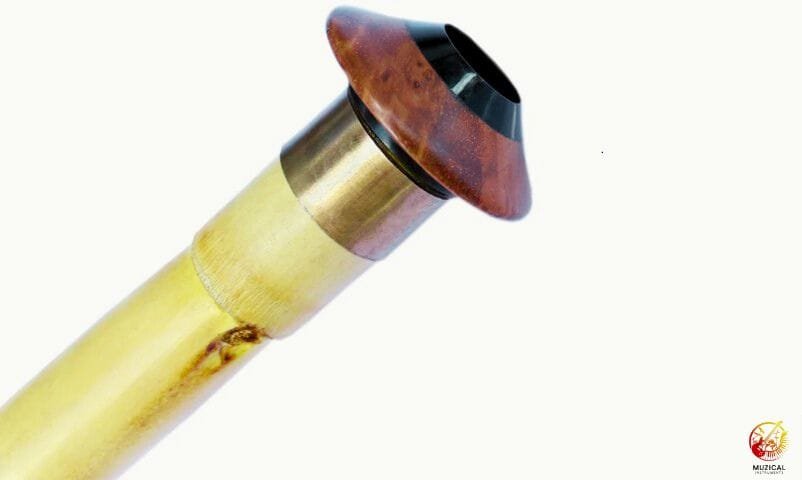
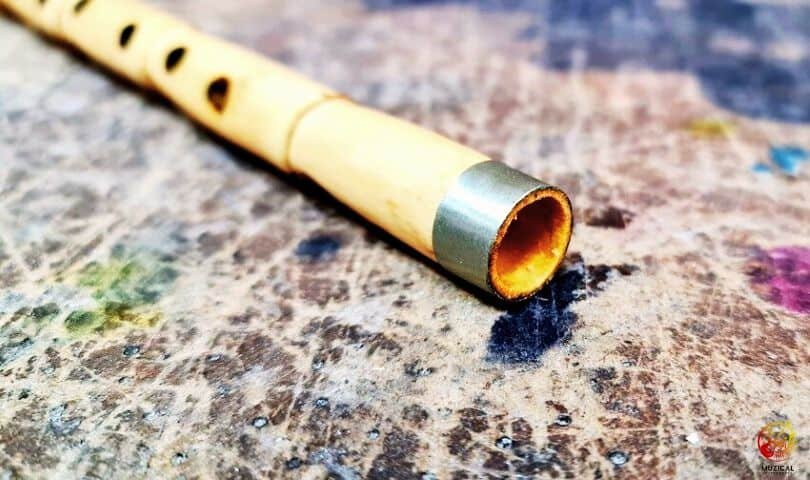
First, look at the very top. The Turkish ney has a separate, cap like mouthpiece called a başpare. It’s often made from buffalo horn and sits on the flute like a little hat.
The Persian ney, on the other hand, has no separate mouthpiece at all. The playing edge is carved directly into the bamboo reed itself. This is the most important structural difference and the reason for their unique sounds.
Second, look at the body of the flute. The Turkish ney has metal rings at the top and bottom called parazvane. These rings help prevent the bamboo from cracking.
The Persian ney uses a different method: it’s wrapped with bands of string or gut along its body, known as haft band. Both serve to protect the instrument, but they give each ney a distinct look and feel.
A Closer Look at the Turkish Ney’s Mouthpiece
The başpare is the secret to the Turkish ney’s famous sound. You play it by gently pressing your lips against the wide, comfortable rim of the başpare and blowing a thin stream of air across the opening.
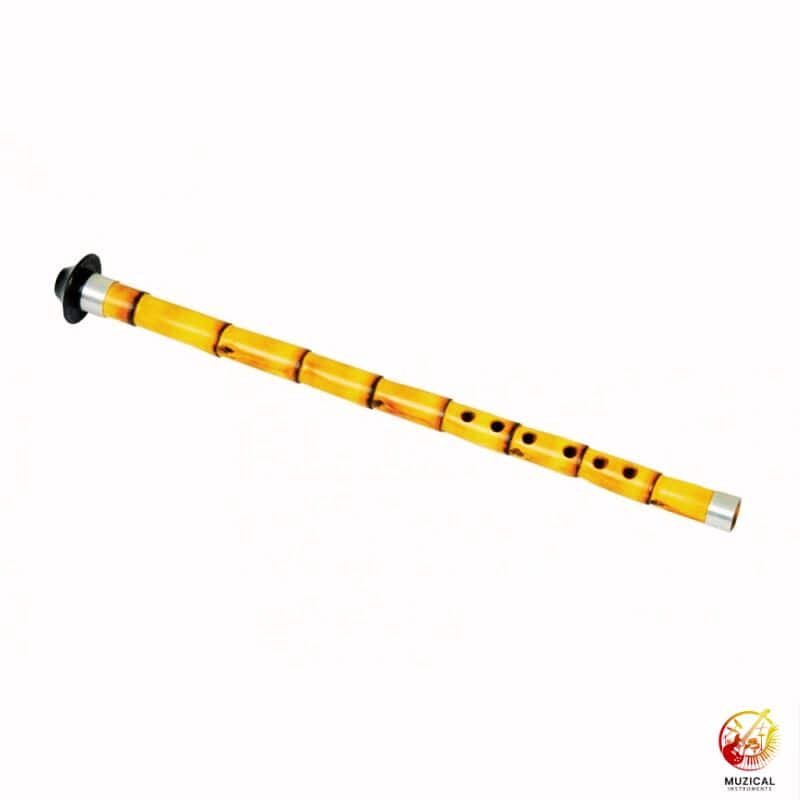
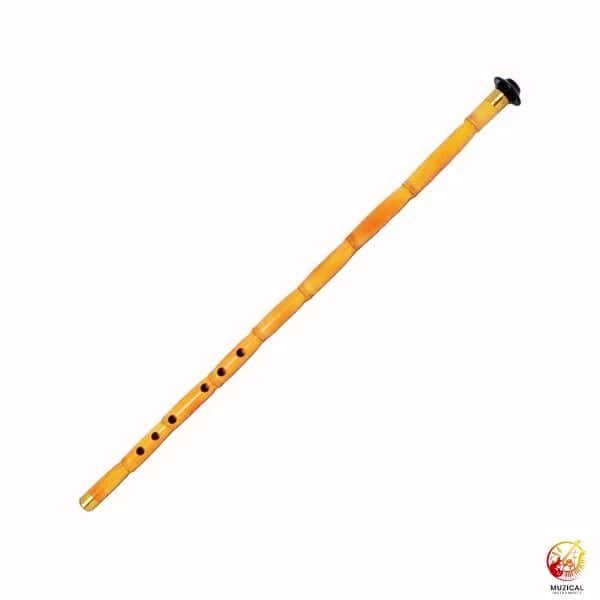
Think of it like blowing over the top of a bottle to make a sound, but much more refined. This method creates the ney’s signature breathy and soft tone. It’s a sound that feels wide and atmospheric, which is perfect for the spiritual Sufi music it’s famous for.
The parazvane, those protective metal rings, do more than just prevent cracks. They add a tiny bit of weight and balance to the instrument, making it feel solid in the player’s hands. This entire design from the comfortable mouthpiece to the sturdy rings is built to create a sound of peace and meditation.
Why the Persian Ney’s Design Demands a Different Technique
The Persian ney’s raw, simple design requires a completely different way of playing. Because there’s no separate mouthpiece, the player must place the sharpened rim of the bamboo between their top teeth.
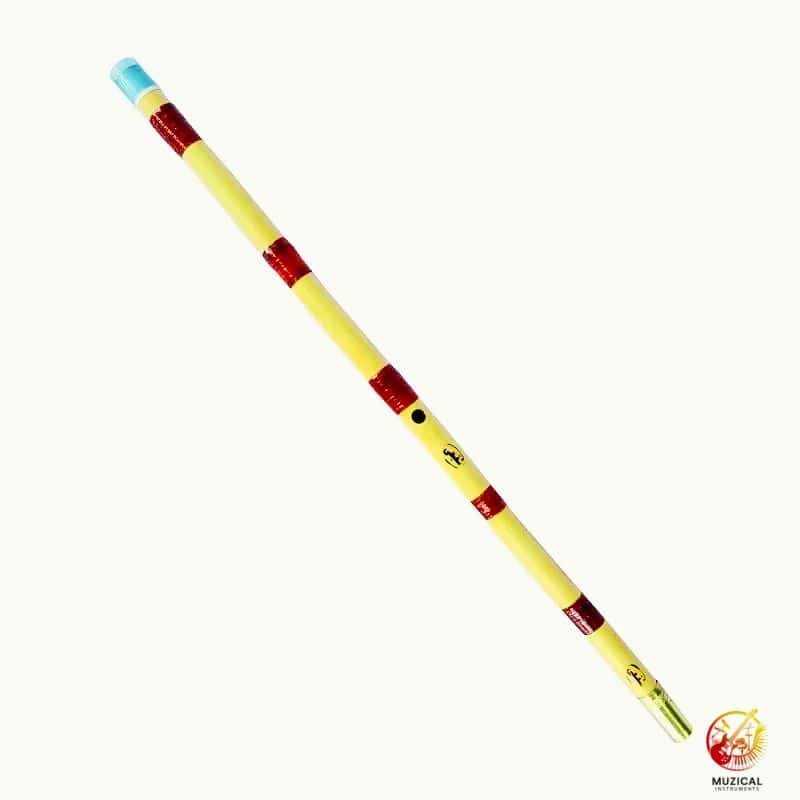
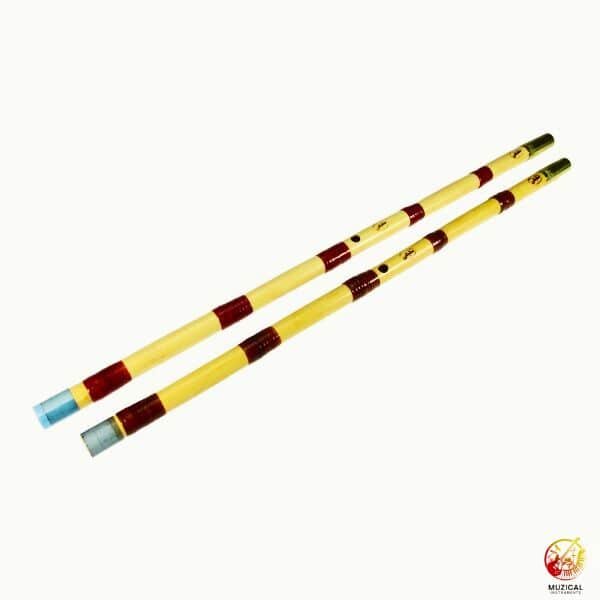
They then use their tongue and lips to direct the air. This playing style, or embouchure, is tricky to learn, but it creates a sound that is incredibly clear, sharp, and focused. The direct contact with the player’s teeth gives it a strong, resonant voice.
The haft band, or string wrappings, also play a role. They are tied on tightly to support the bamboo’s structure. This minimalist design is a key part of its identity in Persian classical music, reflecting an instrument that feels very connected to nature and the player themselves.
This fundamental difference between the Turkish ney and the Persian ney is all about that direct connection.
| Feature | Turkish Ney | Persian Ney |
|---|---|---|
| Mouthpiece | Separate cap called a Başpare | Part of the bamboo tube itself |
| How You Play | Lips press against the başpare | Reed rim is placed between the teeth |
| Typical Sound | Breathy, soft, and wide | Clear, sharp, and focused |
| Reinforcements | Metal rings (Parazvane) at the ends | String wraps (Haft Band) along the body |
Do They Have Different Finger Holes?
Yes, and this is another important difference between the Turkish ney and the Persian ney. The number and placement of the finger holes decide which notes the instrument can easily play.
The Turkish ney has seven holes: six on the front and one thumb hole on the back. This setup is perfect for the musical system used in Turkey, known as maqam. The thumb hole is especially important for hitting high notes and keeping the pitch steady, a key feature in the long, flowing melodies of the Mevlevi order of Sufis.
The Persian ney has six holes: five on the front and one thumb hole on the back. This 5+1 layout is tailor made for the Persian music system, called dastgah. Even with one less hole, masterful players like the famous Hassan Kassai could play a huge range of notes.
However, the instrument is naturally built to play the specific scales and melodies of Persian music. That missing hole changes the instrument’s natural scale, making it speak a different musical dialect.
Pro Tip: Picking Your First Ney
If you’re new to the ney, how do you choose? It’s simple: follow the sound you love. If you were moved by the dreamy, meditative music of the Sufis, you’ll want a Turkish ney. Its mouthpiece is also a bit easier for beginners to get a sound from. If you were captivated by the clear, powerful melodies of a Persian song, then the Persian ney is for you. Its playing style is harder to learn, but the sound is truly special.
Why Do They Sound Perfect for Different Kinds of Music?
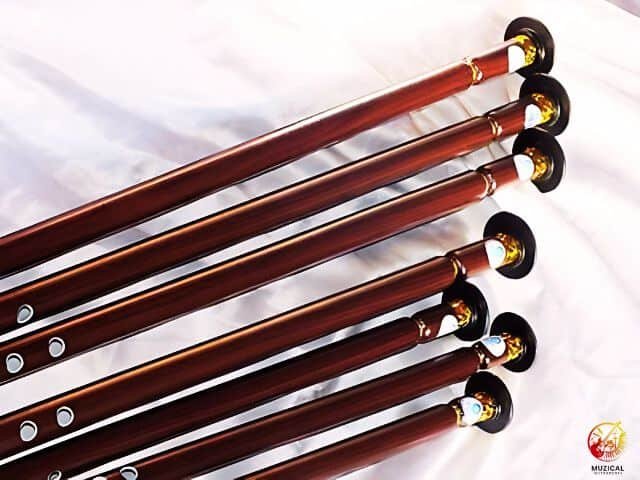
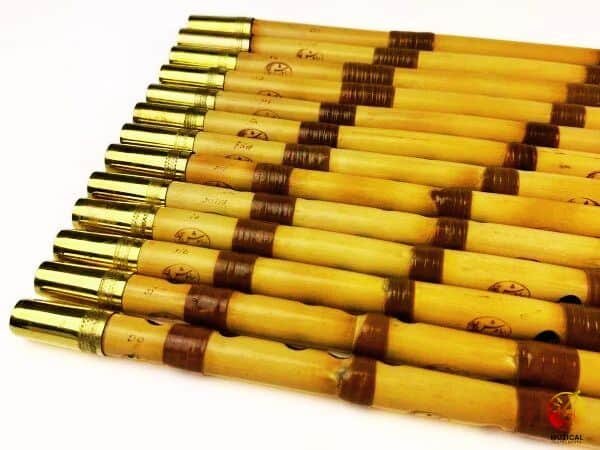
An instrument is like a key made for a specific lock. The difference between the Turkish ney and the Persian ney is most obvious when you hear them playing their own traditional music.
The Turkish ney feels at home in the world of maqam. A maqam is more than a scale, it’s a set of rules for creating a certain mood, from happy to sad to deeply spiritual. The ney’s breathy, gentle voice is the perfect tool to explore these moods. When you hear the Turkish ney, you’re hearing the sound of prayer and meditation from the heart of Ottoman court music and Sufi tradition.
The Persian ney is the star of the dastgah system. A dastgah is the Persian framework for melody and improvisation. The ney’s clear and powerful voice is perfect for playing the complex and often fast moving melodies of this tradition.
It can tell a story with its notes, sounding almost like a poet reciting a verse. The sound is less about a hazy atmosphere and more about clear, beautiful storytelling.
Can You Play Turkish Music on a Persian Ney?
This question gets asked a lot. You could try, but it would sound a bit off. A skilled player can get the notes right, but the feeling, the soul of the music would be missing. This is where the core difference between the Turkish ney and the Persian ney really shows.
Trying to play a soft, spiritual Turkish melody on a sharp sounding Persian ney would feel wrong. The instrument wants to be clear and loud, not breathy and soft. In the same way, playing a fast, precise Persian tune on a Turkish ney would sound muddy. The instrument’s gentle voice would blur the notes together.
An expert listener, like the Turkish master Kudsi Erguner, could tell instantly if a player was using the wrong instrument for the style. Each bamboo flute is a specialist, perfectly designed for its own beautiful world of music.
| Characteristic | Turkish Music (Maqam) | Persian Music (Dastgah) |
|---|---|---|
| Music System | Maqam | Dastgah |
| Main Role | Spiritual Sufi music, Ottoman classical | Persian classical and folk music |
| Sound Goal | Spiritual, meditative, and atmospheric | Poetic, clear, and expressive |
| Famous Players | Kudsi Erguner, Niyazi Sayın | Hassan Kassai, Mohammad Mousavi |
Final Thoughts
In the end, the difference between the Turkish ney and the Persian ney is a beautiful story of how one simple idea, a flute made from a reed can grow into two amazing and unique traditions.
The Turkish ney, with its special başpare mouthpiece, breathes the calm and spiritual soul of maqam.
The Persian ney, played with a challenging but rewarding technique, sings the clear, poetic melodies of dastgah. They are more than just instruments; they are the voices of their cultures.
So, what should you do next? Go listen for yourself. Search for a Turkish ney taksim (improvisation) by Kudsi Erguner. Then, find a recording of Hassan Kassai playing the Persian ney.
As you listen, you’ll no longer hear just a flute. You’ll hear a story, a history, and a soul and you’ll finally understand the profound difference between the Turkish ney and the Persian ney.
FAQ: Difference Between the Turkish Ney and the Persian Ney
1. What physically distinguishes the Turkish ney from the Persian ney?
The Turkish ney includes a mouthpiece (başpare) often made from horn, ivory, or plastic which gives it a more controlled, mellow timbre and smoother tone production. It also has six front finger holes plus one thumb hole. The Persian ney, however, generally has five or six finger holes and lacks a mouthpiece the player blows between the teeth, creating a voice-like, bright resonance.
2. How does the playing technique differ between them?
With the Turkish ney, you rest the başpare on your lips and blow gently at an angle, allowing you to shape microtones and smooth phrasing. The Persian ney uses interdental embouchure the top of the reed sits between teeth and lip and demands greater jaw and lip control, producing expressive, flexible slides and crescendos.
3. Which ney is harder to learn to play?
Many players find the Persian ney significantly harder due to its challenging interdental technique. As one flute community member put it:
“I find the Turkish ney extremely difficult and the Persian one totally impossible.”
Still, others say the Turkish ney isn’t easy either, especially at first.
4. In what musical systems are the Turkish and Persian neys used?
The Turkish ney is integral to Ottoman makam music and Sufi traditions like the Mevlevi semâ ceremony. Neyzens often own multiple ney in different keys for microtonal modulation.
The Persian ney belongs to the dastgah system, central to Persian classical music, relying heavily on embouchure control and jaw adjustment for tonal expression.
5. How do their sounds reflect cultural and spiritual meaning?
In Turkey, the ney is a spiritual symbol tied to Sufism and Rumi’s poetry its soft, meditative tone reflects breath breathing in prayer. In Persian tradition, the ney is more emotionally expressive, echoing the voice, longing, and sorrow in poetry and court music.
6. How should I choose which ney to start with?
Choose the Turkish ney if you want a smoother entry into modal music or Sufi-style sound. The Persian ney is better if you seek vocal-like emotional complexity and are ready for a steep technical challenge.
A wise suggestion from flute players is: try both, listen to masters like Niyazi Sayın (Turkish) and Hassan Kassai (Persian), then follow where the sound moves you most.
